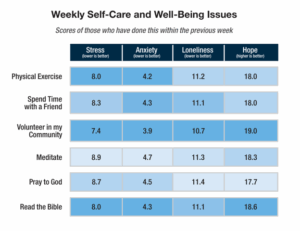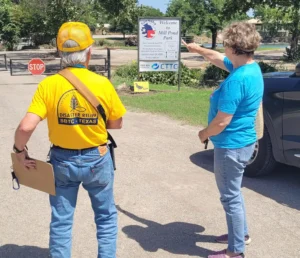
RENO, Nev. (BP)–I stood there with my wife and two other couples in silence as we read the historical account at the massive Irish Memorial Monument is Philadelphia. The monument depicts the plight of Irish immigrants to the United States during 1846-1851. In 1845 a fungus hit the potato fields of Ireland and a devastating famine occurred that took the lives of more than 1 million people.
The 1.75 acre park includes 35 life-size figures that tell the story of the forced immigration to the United States. At one of the viewing points was the following inscription in granite:
“The great hunger in Ireland led to the greatest loss of life in Western Europe in the 100 years between the Napoleonic Wars and World War I. Whole families fell to starvation and accompanying disease. Cholera, deadly fevers, dysentery, scurvy and typhus swept the population. People died in such great numbers that it was impossible to record all the deaths and make enough coffins for burials. “TRAP COFFINS,” which were made with a trap door in the bottom, were used for the trip to the cemetery. Once there, the coffin was placed over the grave and the trap door opened to drop the body into it, leaving the coffin ready for the next victim.”
The pastor in me causes me to see illustrations in many things. I was struck by the huge image before me and the tragic results. By thinking about “trap coffins,” I was moved deeply by the reality of hell and the multitude of people headed into a Christless eternity. My own reflection on the granite really amplified the sense of personal concern for the lostness of mankind.
I have always been an evangelist and an active witness for my Lord, but it isn’t enough.
I must witness more and you must join in. The only hope for this world is a mighty movement of God’s Spirit. We need believers who look into “trap coffins” and are moved by the reality of hell.
–30–
Thad E. Barnes is executive director of the Nevada Baptist Convention.















